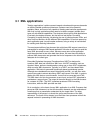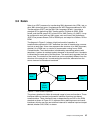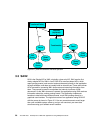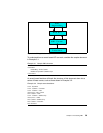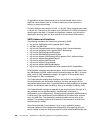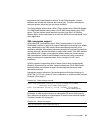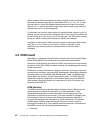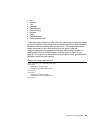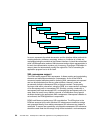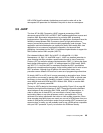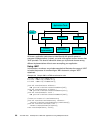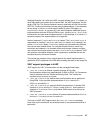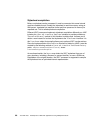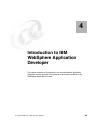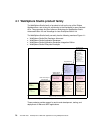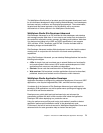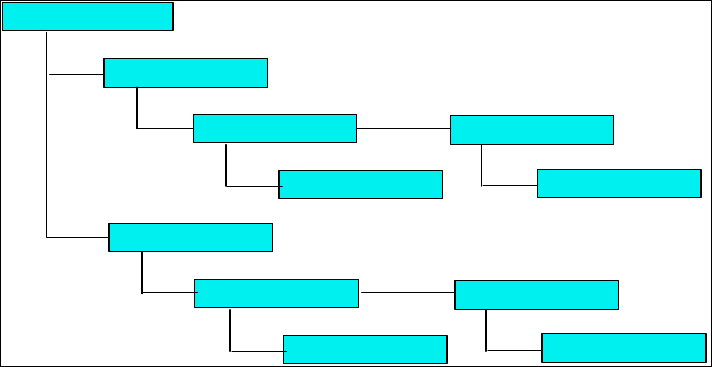
64 The XML Files: Development of XML/XSL Applications Using WebSphere Studio
Figure 3-4 Sample generated DOM tree
Document represents the whole documents, and the interface define methods for
creating elements, attributes, comments, and so on. Attributes of a Node are
manipulated using the methods of the Element interface. It should be noticed that
while a DOM application reads an XML document and an object representation is
formed, that representation remains only in memory. Changing a DOM object in
memory does not automatically modify the original file. That is something an
application program has to do for itself.
XML namespace support
The DOM Level2 supports XML namespace. It allows creating and manipulating
elements and attributes associated to a namespace. As far as the DOM is
concerned, special attributes used for declaring XML namespaces are exposed
and can be manipulated just like any other attribute. However, nodes are
permanently bound to namespace URIs as they get created. Consequently,
moving a node within a document, using the DOM, in no case results in a change
of its namespace prefix or namespace URI. Similarly, creating a node with a
namespace prefix and namespace URI, or changing the namespace prefix of a
node, does not result in any addition, removal, or modification of any special
attributes declaring the appropriate XML namespaces. Namespace validation is
not enforced; the DOM application is responsible.
DOM Level2 does not perform any URI normalization. The URIs given to the
DOM are assumed to be valid. Absolute URI references are treated as strings
and compared literally. How relative namespace URI references are treated is
undefined. To ensure inter operability, only absolute namespace URI references
should be used. Note that the empty string will be treated as a real namespace
Docum ent
Elem ent
Elem ent
Te xt
Element
Te xt
Elem ent
Element
Te xt
Element
Te xt



